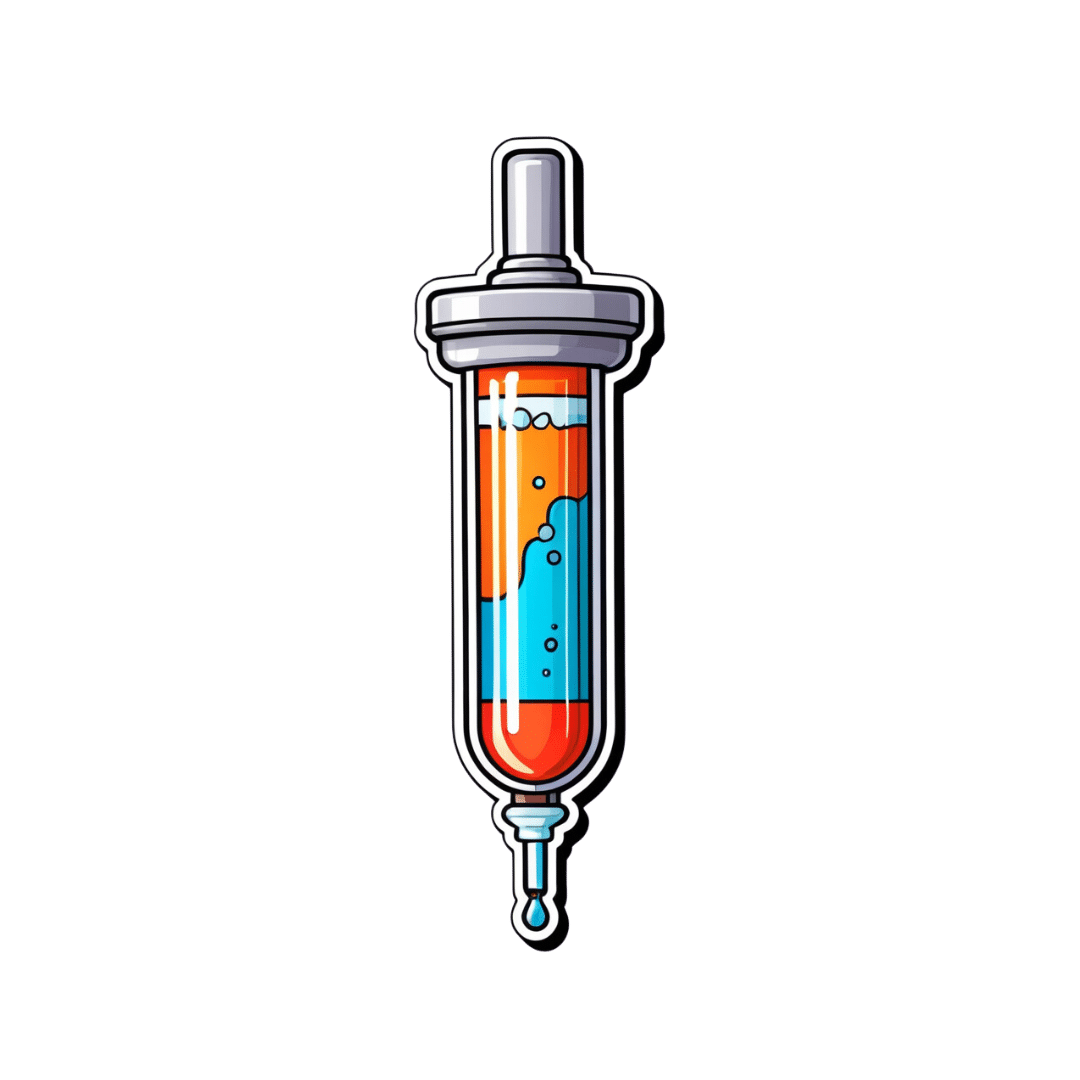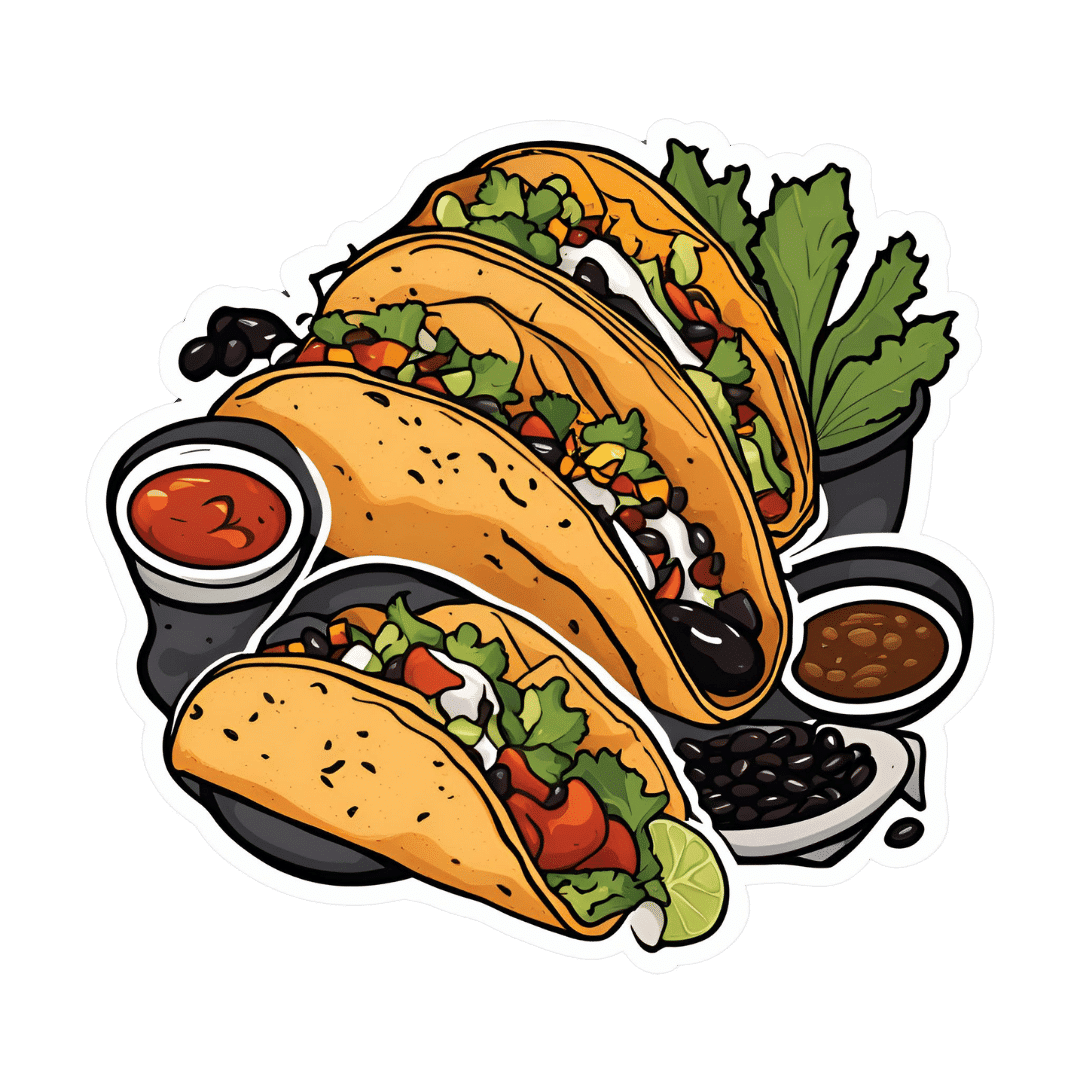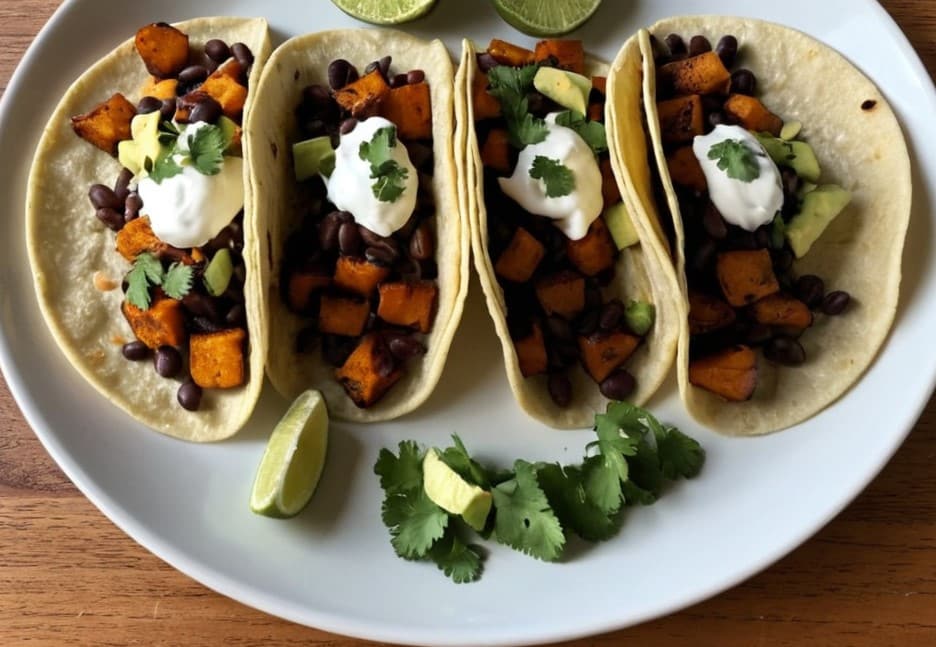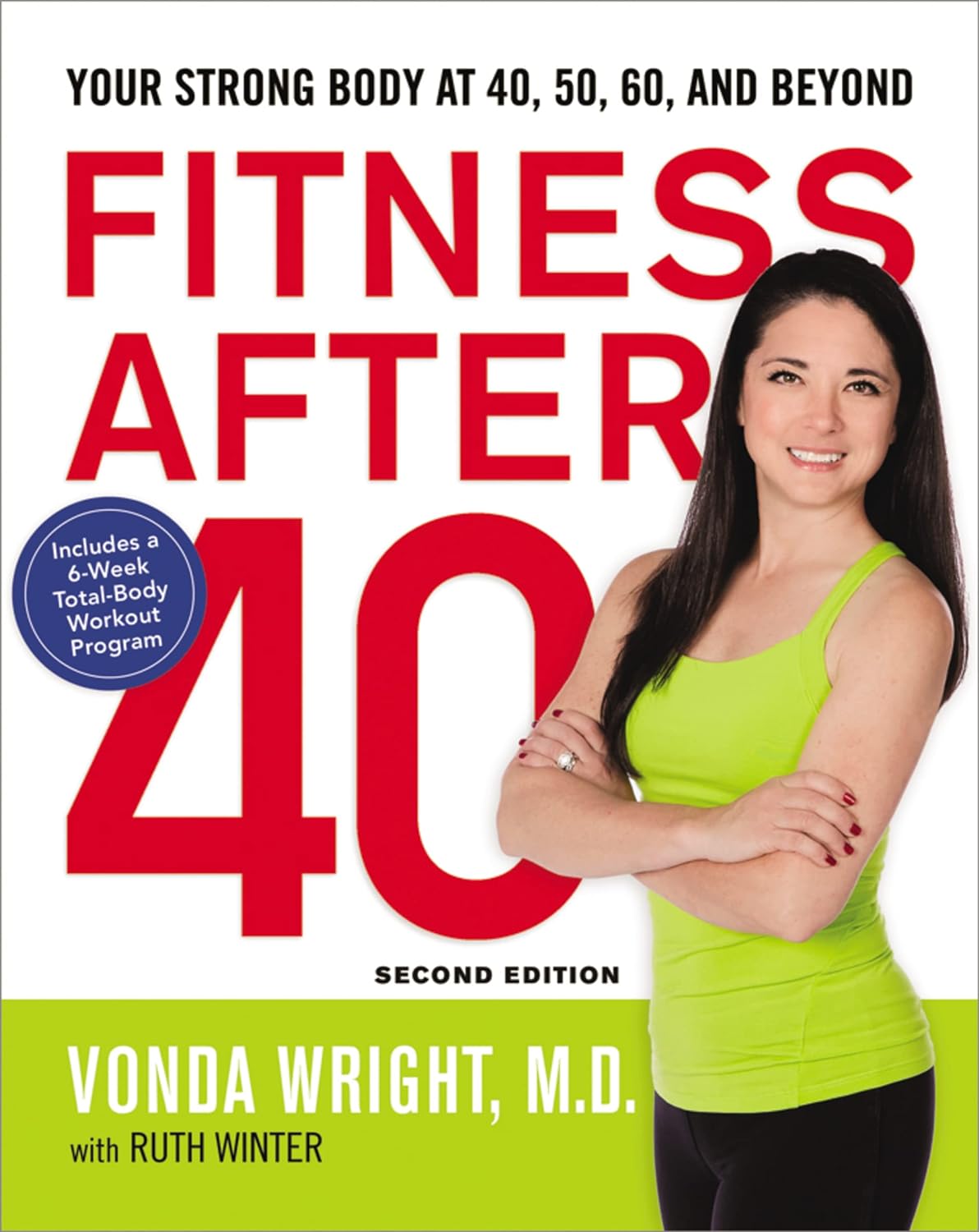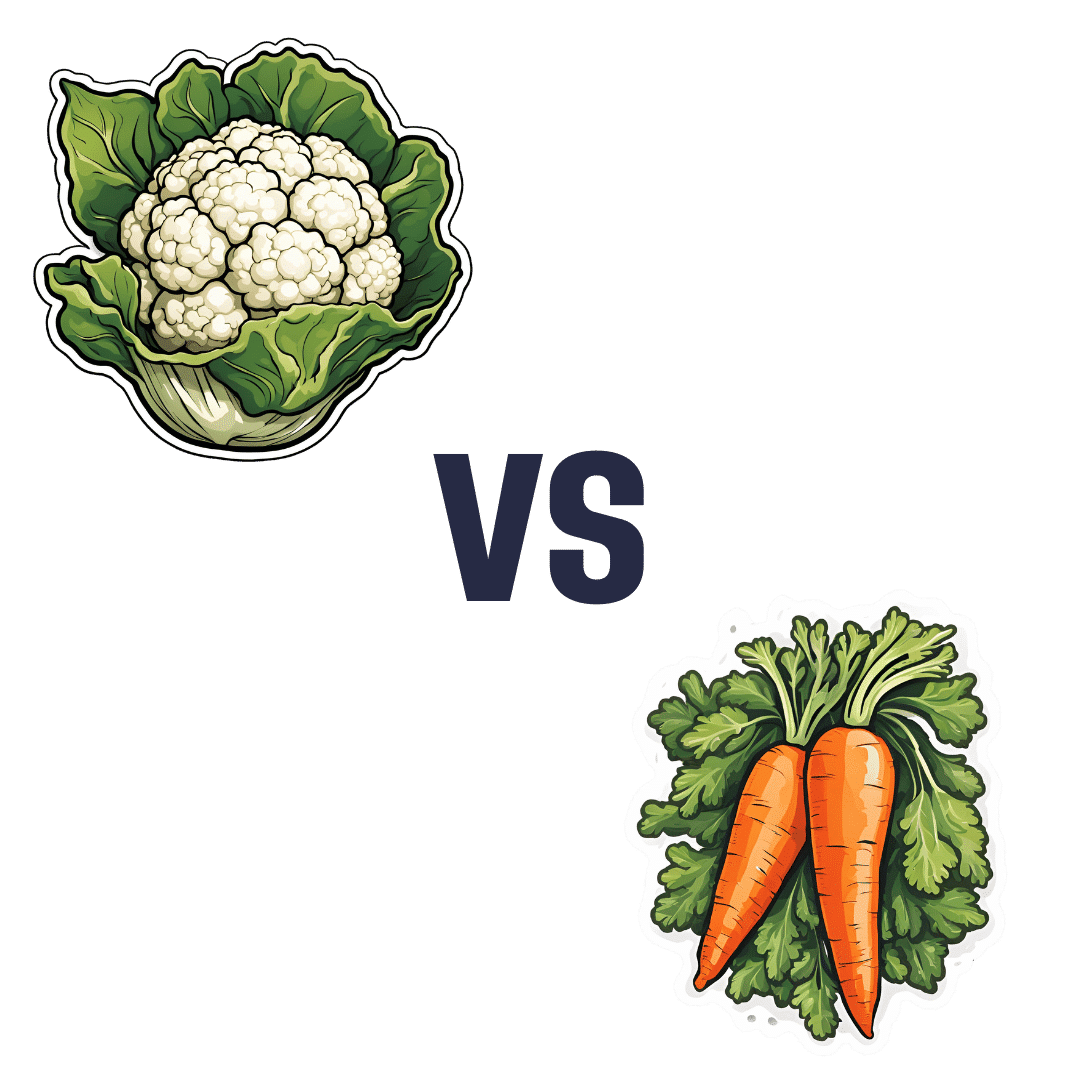
Health Hacks from 20 Doctors
10almonds is reader-supported. We may, at no cost to you, receive a portion of sales if you purchase a product through a link in this article.
Doctor Mike’s Approach
You may be used to Tuesday’s expert insights column, where we break down the work or research of a medical expert. Doctor Mike, the creator of the video below, has put us to shame, interviewing 20 experts and condensing it into one, sub 12-minute video.
In short, Doctor Mike has interviewed medical professionals and asked them to share a unique piece of advice, specific to their field, that’s easy to incorporate into your daily routine. He calls them Health Hacks (hey, that sounds similar to our Life Hacks section).
We aren’t going to list out all 20—you’ll have to watch the video for that—but here are a few of our favourites
Toenail Fungus Treatment
Dr. Dana Brems, a podiatrist, reveals that Vicks VapoRub has antifungal properties, and thus can be used on toenails affected by fungus.
Water Intake Myth
Dr. Rena Malik, a urologist, debunks the myth that everyone needs to drink eight glasses of water daily, advising people to drink when thirsty and monitor urine color for hydration.
(You can see what we’ve written on this subject here, as well as here).
Natural Lip Plumper
Dr. Anthony Youn, a plastic surgeon, offers a simple recipe for plumping lips—add a drop or two of food-grade peppermint oil to your lip gloss.
Toothbrushing Technique:
Dr. Winters, an orthodontist, explains that brushing teeth at a 45-degree angle towards the gums is more effective than the common side-to-side method. See our thoughts on this here and here.
Want more tips? Watch them all in the video below:
How was the video? If you’ve discovered any great videos yourself that you’d like to share with fellow 10almonds readers, then please do email them to us!
Don’t Forget…
Did you arrive here from our newsletter? Don’t forget to return to the email to continue learning!
Recommended
Learn to Age Gracefully
Join the 98k+ American women taking control of their health & aging with our 100% free (and fun!) daily emails:
-
When should you get the updated COVID-19 vaccine?
10almonds is reader-supported. We may, at no cost to you, receive a portion of sales if you purchase a product through a link in this article.
Updated COVID-19 vaccines are now available: They’re meant to give you the best protection against the strain of the virus that is making people severely sick and also causing deaths.
Many people were infected during the persistent summer wave, which may leave you wondering when you should get the updated vaccine. The short answer is that it depends on when you last got infected or vaccinated and on your particular level of risk.
We heard from six experts—including medical doctors and epidemiologists—about when they recommend getting an updated vaccine. Read on to learn what they said. And to make it easy, check out the flowchart below.
A flowchart to help you decide when is the best time to get the 2024-2025 updated COVID-19 vaccine. If I was infected with COVID-19 this summer, when should I get the updated vaccine?
All the experts we spoke to agreed that if you were infected this summer, you should wait at least three months since you were infected to get vaccinated.
“Generally, an infection may be protective for about three months,” Dr. Ziyad Al-Aly, chief of research and development at the Veterans Affairs St. Louis Health Care System, tells PGN. “If they got infected three or more months ago, it is a good idea to get vaccinated sooner than later.”
This three-month rule applies if you got vaccinated over the summer, which may be the case for some immunocompromised people, adds Dr. Peter Chin-Hong, professor of medicine at the University of California, San Francisco.
If I didn’t get infected with COVID-19 this summer, when should I get vaccinated?
Most of the experts we talked to say that if you didn’t get infected with COVID-19 this summer, you should get the vaccine as soon as possible. Dr. Peter Hotez, dean of the National School of Tropical Medicine at Baylor College of Medicine, emphasizes that if this applies to you, you should get vaccinated as soon as possible, especially given the current COVID-19 surge.
Al-Aly agrees. “Vaccine-derived immunity lasts for several months, and it should cover the winter season. Plus, the current vaccine is a KP.2-adapted vaccine, so it will work most optimally against KP.2 and related subvariants [such as] KP.3 that are circulating now,” Al-Aly says. “We don’t know when the virus will mutate to a variant that is not compatible with the KP.2 vaccine.”
Al-Aly adds that if you’d rather take the protection you can get right now, “It may make more sense to get vaccinated sooner than later.”
This especially applies if you’re over 65 or immunocompromised and you haven’t received a COVID-19 vaccine in a year or more because, as Chin-Hong adds, “that is the group that is being hospitalized and disproportionately dying now.”
Some experts—including epidemiologist Katelyn Jetelina, author of newsletter Your Local Epidemiologist—also say that if you’re younger than 65 and not immunocompromised, you can consider waiting and aiming to get vaccinated before Halloween to get the best protection in the winter, when we’re likely to experience another wave because of the colder weather, gathering indoors, and the holidays.
“I am more worried about the winter than the summer, so I would think of October (some time before Halloween) as the ‘Goldilocks moment’—not too early, not too late, but just right,” Chin-Hong adds. Time it “such that your antibodies peak during the winter when COVID-19 cases are expected to exceed what we are seeing this summer.”
My children are starting school—should I get them vaccinated now?
According to most experts we spoke to, now is a good time to get your children vaccinated.
Jennifer Nuzzo, professor of epidemiology and director of the Pandemic Center at the Brown University School of Public Health, adds that “with COVID-19 infection levels as high as they are and increased exposures in school,” now is a particularly good time to get an updated vaccine if people haven’t gotten COVID-19 recently.
Additionally, respiratory viruses spike when kids are back in school, so “doing everything you can to reduce your child’s risk of infection can help protect families and communities,” says epidemiologist Jessica Malaty Rivera, science communications advisor at the de Beaumont Foundation.
For more information, talk to your health care provider.
(Disclosure: The de Beaumont Foundation is a partner of The Public Good Projects, the organization that owns Public Good News.)
This article first appeared on Public Good News and is republished here under a Creative Commons license.
Share This Post
-
Sweet Potato & Black Bean Tacos
10almonds is reader-supported. We may, at no cost to you, receive a portion of sales if you purchase a product through a link in this article.
Fiber, protein, and polyphenols! What more could one ask for? Well, great taste and warm healthy goodness, which these deliver:
You will need
For the sweet potatoes:
- 2 medium sweet potatoes, cubed (we recommend leaving the skin on, but you can peel them if you really want to)
- 1 tbsp extra virgin olive oil
- 2 tsp garlic powder
- 2 tsp smoked paprika
- 1 tsp chili powder
- 1 tsp black pepper
- 1 tsp ground cumin
- 1 tsp ground turmeric
- ½ tsp MSG or 1 tsp low-sodium salt
For the black beans:
- 2 cans black beans, drained and rinsed (or 2 cups black beans that you cooked yourself)
- ¼ bulb garlic, minced
- 1 fresh jalapeño finely chopped (or ¼ cup jalapeños from a jar, finely chopped) ← adjust quantities per your preference and per the quality of the pepper(s) you’re using; we can’t judge that from here without tasting them, so we give a good basic starting suggestion.
- 2 tsp black pepper
- 1 tsp red chili flakes
- ½ tsp MSG or 1 tsp low-sodium salt
For serving:
- 8 small corn tortillas, or your preference if substituting
- 1 avocado, pitted, peeled, cubed, and tossed in lime juice ← we’re mentioning this here because you want to do this as soon as you cut it, to avoid oxidation
- Any other salad you’d like to include; fresh parsley is also a good option when it comes to greenery, or cilantro if you don’t have the soap gene
- Tomato salsa (quantity and spice level per your preference)
Method
(we suggest you read everything at least once before doing anything)
1) Preheat the oven to 400°F / 200°C.
2) Toss the sweet potato cubes in a large bowl with the rest of the ingredients from the sweet potato section above, ensuring they are evenly coated.
3) Bake them in the oven, on a baking tray lined with baking paper, for about 30 minutes or until tender inside and crispy at the edges. Turn them over halfway through.
4) While that’s happening, mix the black beans in a bowl with the other ingredients from the black bean section above, and heat them gently. You could do this in a saucepan, but honestly, while it’s not glamorous, the microwave is actually better for this. Note: many people find the microwave cooks food unevenly, but there are two reasons for this and they’re both easily fixable:
- instead of using high power for x minutes, use medium power for 2x minutes; this will produce better results
- instead of putting the food just in a bowl, jug, or similar, use a wide bowl or similar container, and then inside that, place a small empty microwave-safe glass jar or similar upturned in the middle, and then add the food around it, so that the food is arranged in a donut shape rather than a wide cylinder shape. This means there is no “middle bit” to go underheated while the edges are heated excessively; instead, it will heat through evenly.
If you really don’t want to do that though, use a saucepan on a very low heat, add a small amount of liquid (or tomato salsa), and stir constantly.
5) Heat the tortillas in a dry skillet for about 30 seconds each on each side, when ready to serve.
6) Assemble the tacos; you can do this how you like but a good order of operations is: tortilla, leafy salad (if using), potato, beans, non-leafy salad including avocado, salsa or other topping per your preference.
Enjoy!
Want to learn more?
For those interested in some of the science of what we have going on today:
- White Potato vs Sweet Potato – Which is Healthier?
- Kidney Beans or Black Beans – Which is Healthier?
- Coconut vs Avocado – Which is Healthier?
- Glutathione: More Than An Antioxidant
- Our Top 5 Spices: How Much Is Enough For Benefits? ← we hit 4/5 today!
Take care!
Share This Post
-
Total Fitness After 40 – by Nick Swettenham
10almonds is reader-supported. We may, at no cost to you, receive a portion of sales if you purchase a product through a link in this article.
Time may march relentlessly on, but can we retain our youthful good health?
The answer is that we can… to a degree. And where we can’t, we can and should adapt what we do as we age.
The key, as Swettenham illustrates, is that there are lifestyle factors that will help us to age more slowly, thus retaining our youthful good health for longer. At the same time, there are factors of which we must simply be mindful, and take care of ourselves a little differently now than perhaps we did when we were younger. Here, Swettenham acts guide and instructor.
A limitation of the book is that it was written with the assumption that the reader is a man. This does mean that anything relating to hormones is assuming that we have less testosterone as we’re getting older and would like to have more, which is obviously not the case for everyone. However, happily, the actual advice remains applicable regardless.
Swettenham covers the full spread of what he believes everyone should take into account as we age:
- Mindset changes (accepting that physical changes are happening, without throwing our hands in the air and giving up)
- Focus on important aspects such as:
- strength
- flexibility
- mobility
- agility
- endurance
- Some attention is also given to diet—nothing you won’t have read elsewhere, but it’s a worthy mention.
All in all, this is a fine book if you’re thinking of taking up or maintaining an exercise routine that doesn’t stick its head in the sand about your aging body, but doesn’t just roll over and give up either. A worthy addition to anyone’s bookshelf!
Check Out Fitness After 40 On Amazon Today!
Looking for a more women-centric equivalent book? Vonda Wright M.D. has you covered (and her bio is very impressive)!
Share This Post
Related Posts
-
Dietary Changes for Artery Health
10almonds is reader-supported. We may, at no cost to you, receive a portion of sales if you purchase a product through a link in this article.
It’s Q&A Day at 10almonds!
Have a question or a request? You can always hit “reply” to any of our emails, or use the feedback widget at the bottom!
In cases where we’ve already covered something, we might link to what we wrote before, but will always be happy to revisit any of our topics again in the future too—there’s always more to say!
As ever: if the question/request can be answered briefly, we’ll do it here in our Q&A Thursday edition. If not, we’ll make a main feature of it shortly afterwards!
So, no question/request too big or small
❝How does your diet change clean out your arteries of the bad cholesterol?❞
There’s good news and bad news here, and they can both be delivered with a one-word reply:
Slowly.
Or rather: what’s being cleaned out is mostly not the LDL (bad) cholesterol, but rather, the result of that.
When our diet is bad for cardiovascular health, our arteries get fatty deposits on their walls. Cholesterol gets stuck here too, but that’s not the main physical problem.
Our body’s natural defenses come into action and try to clean it up, but they (for example macrophages, a kind of white blood cell that consumes invaders and then dies, before being recycled by the next part of the system) often get stuck and become part of the buildup (called atheroma), which can lead to atherosclerosis and (if calcium levels are high) hardening of the arteries, which is the worst end of this.
This can then require medical attention, precisely because the body can’t remove it very well—especially if you are still maintaining a heart-unhealthy diet, thus continuing to add to the mess.
However, if it is not too bad yet, yes, a dietary change alone will reverse this process. Without new material being added to the arterial walls, the body’s continual process of rejuvenation will eventually fix it, given time (free from things making it worse) and resources.
In fact, your arteries can be one of the quickest places for your body to make something better or worse, because the blood is the means by which the body moves most things (good or bad) around the body.
All the more reason to take extra care of it, since everything else depends on it!
You might also like our previous main feature:
Don’t Forget…
Did you arrive here from our newsletter? Don’t forget to return to the email to continue learning!
Learn to Age Gracefully
Join the 98k+ American women taking control of their health & aging with our 100% free (and fun!) daily emails:
-
Cauliflower vs Carrot – Which is Healthier?
10almonds is reader-supported. We may, at no cost to you, receive a portion of sales if you purchase a product through a link in this article.
Our Verdict
When comparing cauliflower to carrot, we picked the cauliflower.
Why?
In terms of macros, cauliflower has nearly 2x the protein while carrot has nearly 2x the carbs and slightly more fiber; we’re calling it a tie in this category.
When it comes to vitamins, cauliflower has more of vitamins B2, B5, B6, B9, C, K, and choline, while carrot has more of vitamins A, B1, B3, and E. Thus, a 7:4 win for cauliflower here.
In the category of minerals, cauliflower has more iron, magnesium, manganese, phosphorus, selenium, and zinc, while carrot has more calcium, copper, and potassium. So, a 6:3 win for cauliflower here.
In short, for overall nutritional density, adding up the sections makes for a clear win for cauliflower, but of course, enjoy either or (preferably) both; diversity is good!
Want to learn more?
You might like to read:
What’s Your Plant Diversity Score?
Take care!
Don’t Forget…
Did you arrive here from our newsletter? Don’t forget to return to the email to continue learning!
Learn to Age Gracefully
Join the 98k+ American women taking control of their health & aging with our 100% free (and fun!) daily emails:
-
An Accessible New Development Against Alzheimer’s
10almonds is reader-supported. We may, at no cost to you, receive a portion of sales if you purchase a product through a link in this article.
Dopamine vs Alzheimer’s
One of the key hallmarks of Alzheimer’s disease is the formation of hardened beta-amyloid plaques around neurons. The beta-amyloid peptides themselves are supposed to be in the brain, but the hardened pieces of them that form the plaques are not.
While the full nature of the relationship between those plaques and Alzheimer’s disease is not known for sure (there are likely other factors involved, and “the amyloid hypothesis” is at this stage nominally just that, a hypothesis), one thing that has been observed is that increasing or reducing the plaques increases or reduces (respectively) Alzheimer’s symptoms such as memory loss.
Neprilysin
There is an enzyme, neprilysin, that can break down those plaques.
Neprilysin is made naturally in the brain, and/but we cannot take it as a supplement or medication, because it’s too big to pass through the blood-brain barrier.
A team of researchers led by Dr. Takaomi Saido genetically manipulated mice to produce more neprilysin, and those mice resultantly experienced fewer beta-amyloid plaques and better memory in their old age.
However wonderful for the mice (and a great proof of principle) the above approach is not useful as a treatment for humans whose genomes weren’t modified at our conception in a lab.
Since (as mentioned before) we also can’t take it as a medication/supplement, that leaves one remaining option: find a way to make our already-existing brains produce more of it.
The team’s previous research allowed them to narrow this down to “there is probably a hormone made in the hypothalamus that modulates this”, so they began experimenting with making the mice produce more hormones there.
The DREADD switch
DREADDs, or Designer Receptors Exclusively Activated by Designer Drugs, were the next tool in the toolbox. The scientists attached these designer receptors to dopamine-producing neurons in the mice, so that they could be activated by the appropriate designer drugs—basically, allowing for a “make more dopamine” button, without having to literally wire up the brains with electrodes. The “button” gets triggered instead by a chemical trigger, the designer drug. You can read more about them here:
DREADDs for Neuroscientists: A Primer
The result was positive; when the mice made more dopamine, the result was that they also made more neprilysin. So far, the hypothesis is that the presence of dopamine upregulates the production of neprilysin. In other words, the increased neprilysin levels were caused by the increased dopamine levels (the alternatives would have been: they were both caused by the same thing—in this case that’d be the DREADD activation—or the increase was caused by something else entirely that hadn’t been controlled for).
As to how the causal relationship was determined…
“But I don’t have (or want) a DREADD switch in my head”
Happily for us (and probably happily for the mice too, because dopamine causes feelings of happiness), the experiments continued.
This time, instead of using the DREADD system, they tried simply supplementing the mouse food with l-dopa, a dopamine precursor. L-dopa is often used in the treatment of Parkinson’s disease, because the molecules are small enough to pass through the blood-brain barrier, and can be converted to full dopamine inside the brain itself. So, taking l-dopa normally raises dopamine levels.
The results? The mice who were given l-dopa enjoyed:
- higher dopamine levels
- higher neprilysin levels
- lower beta-amyloid plaque levels
- better memory in tests
The next step for the researchers is to investigate how exactly dopamine regulates neprilysin in the brain, but for now, the relationship between l-dopa consumption and the reduction of Alzheimer’s symptoms seems clear.
You can read about the study here:
The dopaminergic system promotes neprilysin-mediated degradation of amyloid-β in the brain
Is there a catch?
L-dopa has common side effects that are not pleasant; the list begins with nausea and vomiting, and continues with things that one might expect from having “too much of a good thing” when it comes to dopamine, such as dyskinesia (extra movements) and hallucinations.
You can read about it more here at the Parkinson’s Foundation:
Parkinson’s Foundation | Levodopa
However! All is not lost. Rather than reaching for the heavy guns by taking l-dopa unnecessarily, there are other dopamine precursors that don’t have those side effects (and are consequently less restricted, to the point they can be purchased as supplements, or indeed, enjoyed where they occur naturally in some foods).
Top of the list of such safe* and readily-available dopamine precursors is…
N-Acetyl L-Tyrosine (NALT): The Dopamine Precursor & More
If you’d like to try that, here’s an example product on Amazon… Or you could eat fish, white beans, tofu, natto, or pumpkin seeds 😉
*Quick note on safety: “safe” is a relative term and may vary from person to person. Please speak with your own doctor to be sure, check with your pharmacist in case of any meds interactions, and be especially careful taking anything that increases dopamine levels if you have bipolar disorder or are otherwise prone to psychosis of any kind. For most people, this shouldn’t be an issue as our brains have a built-in mechanism for scrubbing excess dopamine and ensuring we don’t end up with too much, but for some people whose dopamine regulation is not so good in that regard, it can cause problems. So again, speak with your doctor to be sure, because we are not doctors, let alone your doctor.
Lastly…
If you’d like an entirely drug-free approach, that’s skipping even the “nutraceuticals”, you might enjoy:
Short On Dopamine? Science Has The Answer
Take care!
Don’t Forget…
Did you arrive here from our newsletter? Don’t forget to return to the email to continue learning!
Learn to Age Gracefully
Join the 98k+ American women taking control of their health & aging with our 100% free (and fun!) daily emails:


